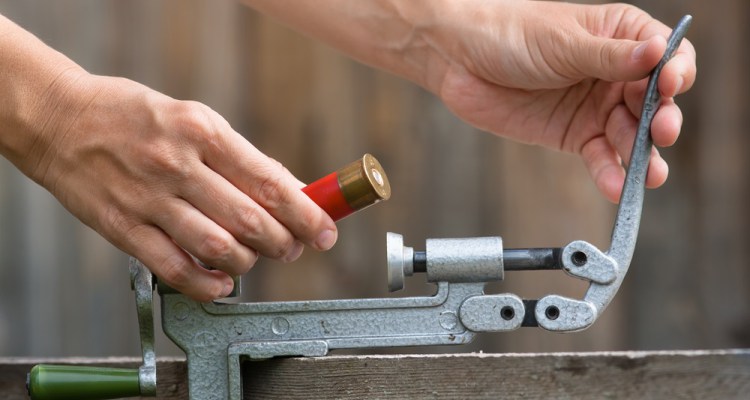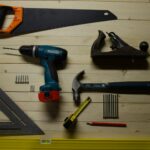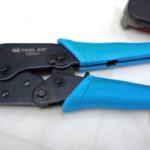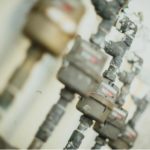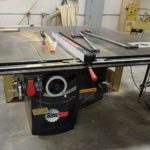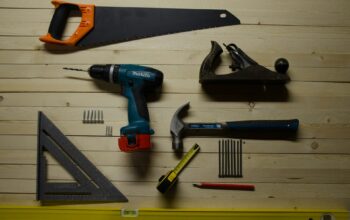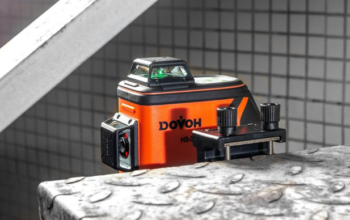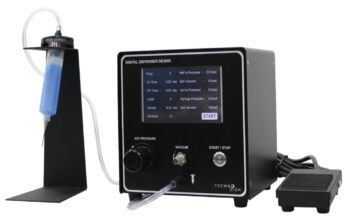This article will give you an overview of various tools that you will need to start reloading. These products will help you to reload steady ammunition. You can buy these tools separately, however, there reloading kits available market where most of these must-have items are already assembled. Almost every manufacturer offer reloading kits and you can actually save some bucks over buying them separately.
1. Reloading Press:
The first tool in our list is a reloading press. There are three types of reloading press most commonly used.
- Solid single stage
- Turret
- Progressive
Different types of presses give different results and they all have their own positives and negatives. You need to choose you type based on your need. However, if you are a beginner, our recommendation will be to start with single stage press as its quite easy to understand and operate. It also caterss a range of need for reloading.
2. Reloading Dies
Reloading dies are used to resize the brass to its specification, set and tuck the bullet. There are different sizes available for different ammunition. You can buy reloading dies individually, alternatively you can also buy them as a set to save money. Manufacturer’s usually package reloading dies bottleneck cartridge and straight wall cartridge.
3. Power Scale
This is a very crucial tool for reloading. Power scale will allow you to precisely control the amount of power placement in each round of ammunition. There are two types of powder scales available in the market: Balance scale and electronic scale with the price ranges from $15-$150. As a beginner, you should start with balance scales. Balance scales are cheaper and free from electronic error. They are easy to calibrate too. On the other hand, electronic scales operate quickly. They are sensitive and could be very expensive. Trust me, you don’t need a high-end electronic scale in the beginning.
4. Digital Caliper
Caliper is a complex measurement machine. You will need them to measure the size of the brass to make sure they are perfectly sized. They also have different other usage in reloading process, such as, taking measurement of the cartridge, adjusting overall length.
There are two prominent types of calipers that you can use of reloading: dial and digital. As measuring with a dial caliper can be tricky, I recommend you use a digital caliper. Both dial and digital calipers can be found in major electronic parts stores and online. The price range varies based on types, functionality and measurement capability. Check out this comprehensive guide on choosing a suitable digital caliper within price range.
5. Loading Tray
The loading tray is another essential tool that you will need in your reloading kit. It enables you to stay organized. Loading tray also helps to prevent falling over brass which can cause huge mess. Most common loading tray are universally on-size-fit blocks. These blocks are made typically with plastic material which is good to use with lubricants.
6. Bullet puller:
At the beginning, it is quite normal to make mistakes while reloading. A bullet puller is an essential tool to own to pull out important components if you make any mistakes in the process. There are quite a few variants of bullet puller tools. The most common types are impact style pullers and pilers type pullers. They both essentially do the same job. So you can use any of them according to you choice.
7. Labels:
Labels are quite handy for a beginner reloader. You can put details about everything important for the load you made. It shows all necessary information in a listed manner which can used for future reference. Make sure that, your labels have enough spaces to list all important information about your ammo such as caliber data, bullet brand, exact weight measurement, weight and type of powder, type of primer, lengths and type of brass, overall measurements. Brass loading numbers, date and time and depth of bullet sitting etc. These labels usually comes with sticky adhesive backs.
8. Reloading Bench:
A reloading bench is where you do your reloading jobs. It can be a handmade simple bench or a high-end professional grade bench for heavy use. You can also choose a portable bench if you have a very limited space. If you are also a woodworking pro and intending to make your own reloading bench, make sure you make it big enough to hold all the necessary components. Professional grade reloading benches come with many useful drawers and shelves to make your reloading process organized and systematic. Reloading benches are usually expensive. So, if you are just starting out, or do reloading occasionally as a hobbyist, I recommend using a simple big stand or bench to perform reloading. You can use storage boxes to use as shelves to organize different components. If you have budget, there are plenty of options out there.
9. Ammo Boxes:
Ammo boxes helps you to store your ammunitions safely. There are many options for ammo boxes available in the market. Personally, I prefer to use plastic ammo boxes, as it is reusable and easy to clean. Plastic ammo boxes are also lightweight. It last much longer than wooden or cardboard ammo boxes. You will find various sizes of box to choose from. Most typically, ammo boxes can store 5-150 cartridges per box. You can choose the size that fits in your need. The only negative side of plastic boxes is they are expensive. However, you can also reuse the factory ammo boxes for few times that comes with your first purchase.
Final Words:
Here’s our list of top 9 tools that a beginner reloader must have to start reloading. As I said earlier, you can buy them separately, even use DIY version of some tools or you can buy an reloading kit that comes with all tools. Choice is yours. Let me know what tool you think also need to be included in the list and what is your favorite reloading tool in the comment section.
About the Author:
Sam Holmes is a semi-professional hunting enthusiast from Nevada. He likes adventurous outdoor activities and cruising on roller skates during his free time. Sam writes outdoor blogs on various media to share his experiences with the community.
Related Posts

